Hurricanes are not exclusive to Earth. They can happen in space.
These storms may cause navigational problems


There's an eye in the sky — a hurricane eye, that is. High above the North Pole, a cyclone of charged particles can form and cause turbulence in the Earth's geomagnetic field. These storms lead to beautiful lights in the sky, but they can also affect infrastructure in Earth's orbit, as well as navigation systems. And space hurricanes occur more often than previously thought.
Particle pinwheels
Space hurricanes are similar to their terrestrial counterparts, but instead of heavy rains and wind, "electromagnetic tempests are made of plasma, charged particles whipped into motion by Earth's magnetic field," said Space.com. They are "created by an unusually large and rapid transfer of solar wind energy and charged particles into the Earth's upper atmosphere," said IFL Science. This causes vibrant auroras in the sky.
The phenomenon was observed above the North Pole in 2014, when satellites found an auroral spot over 620 miles in diameter that "appeared to look like a cyclone, with multiple spiral arms moving in an anti-clockwise rotation," said Newsweek. This prompted scientists to research space hurricanes more thoroughly. A recent study published in the journal Space Weather elaborated on the effects of space hurricanes on Earth.
The Week
Escape your echo chamber. Get the facts behind the news, plus analysis from multiple perspectives.

Sign up for The Week's Free Newsletters
From our morning news briefing to a weekly Good News Newsletter, get the best of The Week delivered directly to your inbox.
From our morning news briefing to a weekly Good News Newsletter, get the best of The Week delivered directly to your inbox.
Space hurricanes are different from other geomagnetic storms because they are capable of forming in calm conditions. "Most geomagnetic storms and subsequent impressive aurora displays occur when the interplanetary magnetic field (IMF) aligns southward, essentially 'opening the door' in Earth's magnetic field," said Space.com. However, space hurricanes form when the IMF aligns northward. This makes them harder to detect in the atmosphere. The northward configuration is "traditionally viewed as quiet and uneventful," said Chron. "This finding calls into question standard forecasting models, which focus on southward-tilting IMF as a storm driver."
Directional destruction
A space hurricane "appears to strengthen the localized current system, causing intense local geomagnetic disturbances," said researcher Zan-Yang Xing, who worked on the study, to Newsweek. "These findings help clarify their space weather impacts on near-Earth space environments." While space hurricanes do not affect the safety of humans the way earthly hurricanes do, they can have an effect on space weather. This includes the disruption of satellites and space junk in Earth's orbit. But the most significant effect is on navigation.
The study "revealed that space hurricanes can trigger significant ionospheric irregularities," Xing said, which can impact GPS signals. The signals "passing through the storm's outer regions were affected by phase scintillation, a kind of 'twinkling' that occurs when plasma turbulence interferes with radio signals," said Space.com. This may lead to reduced accuracy and reliability of navigation systems.
There is still more research to be done on the effects of space hurricanes. The study's researchers "plan to perform event-specific and statistical analyses of a larger number of events from the space hurricane database," said the study. The aim is to "quantitatively assess their impacts on the polar ionospheric environment." There are likely a lot more storms to examine, too. Other studies have "revealed that these storms are not only more frequent than previously thought, but also occur in both hemispheres — typically during the summer months and possibly up to 10 times a year," said Live Science.
A free daily email with the biggest news stories of the day – and the best features from TheWeek.com
Devika Rao has worked as a staff writer at The Week since 2022, covering science, the environment, climate and business. She previously worked as a policy associate for a nonprofit organization advocating for environmental action from a business perspective.
-
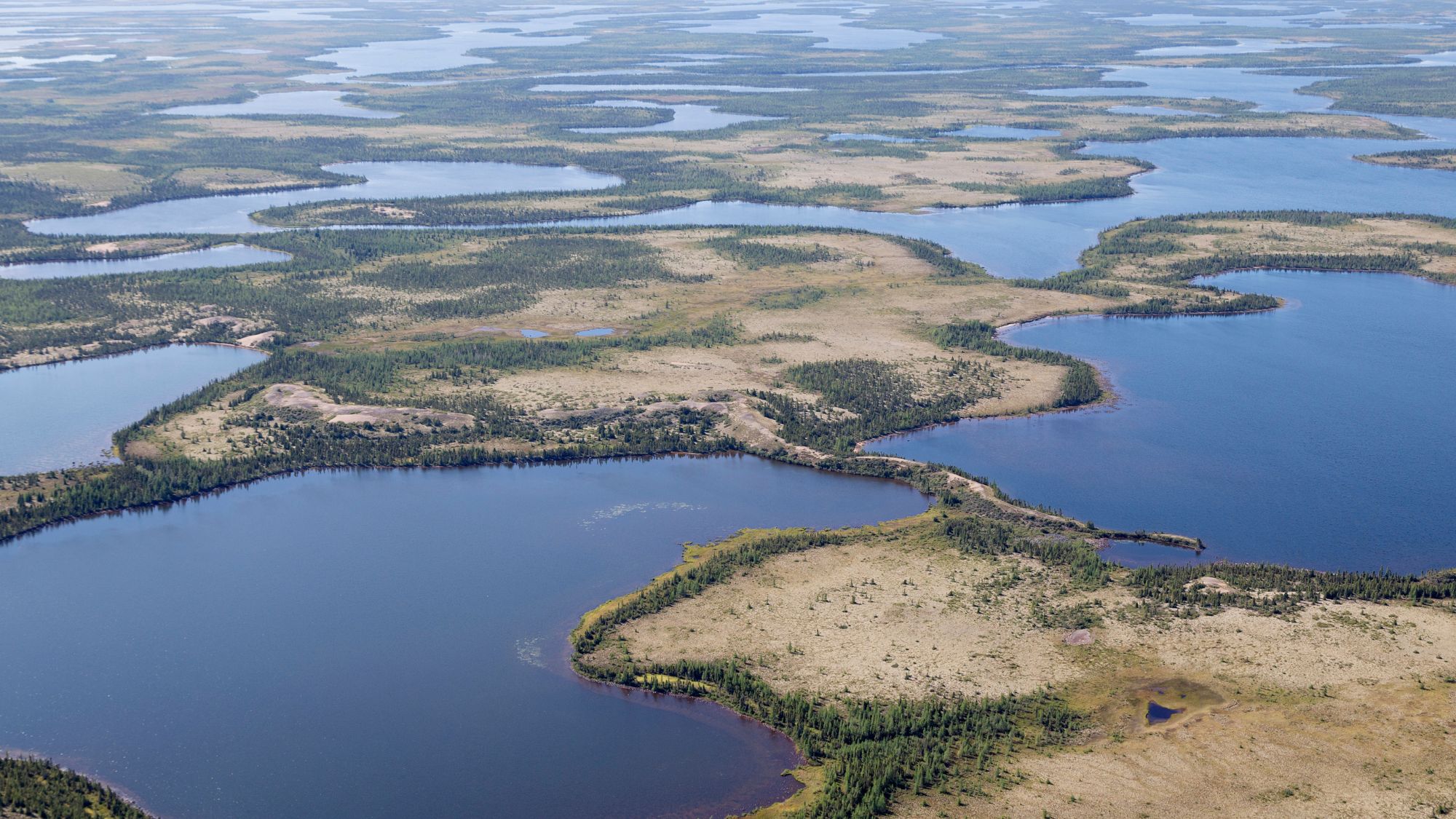 Heavenly spectacle in the wilds of Canada
Heavenly spectacle in the wilds of CanadaThe Week Recommends ‘Mind-bending’ outpost for spotting animals – and the northern lights
-
 Facial recognition: a revolution in policing
Facial recognition: a revolution in policingTalking Point All 43 police forces in England and Wales are set to be granted access, with those against calling for increasing safeguards on the technology
-
 Codeword: December 14, 2025
Codeword: December 14, 2025The daily codeword puzzle from The Week
-
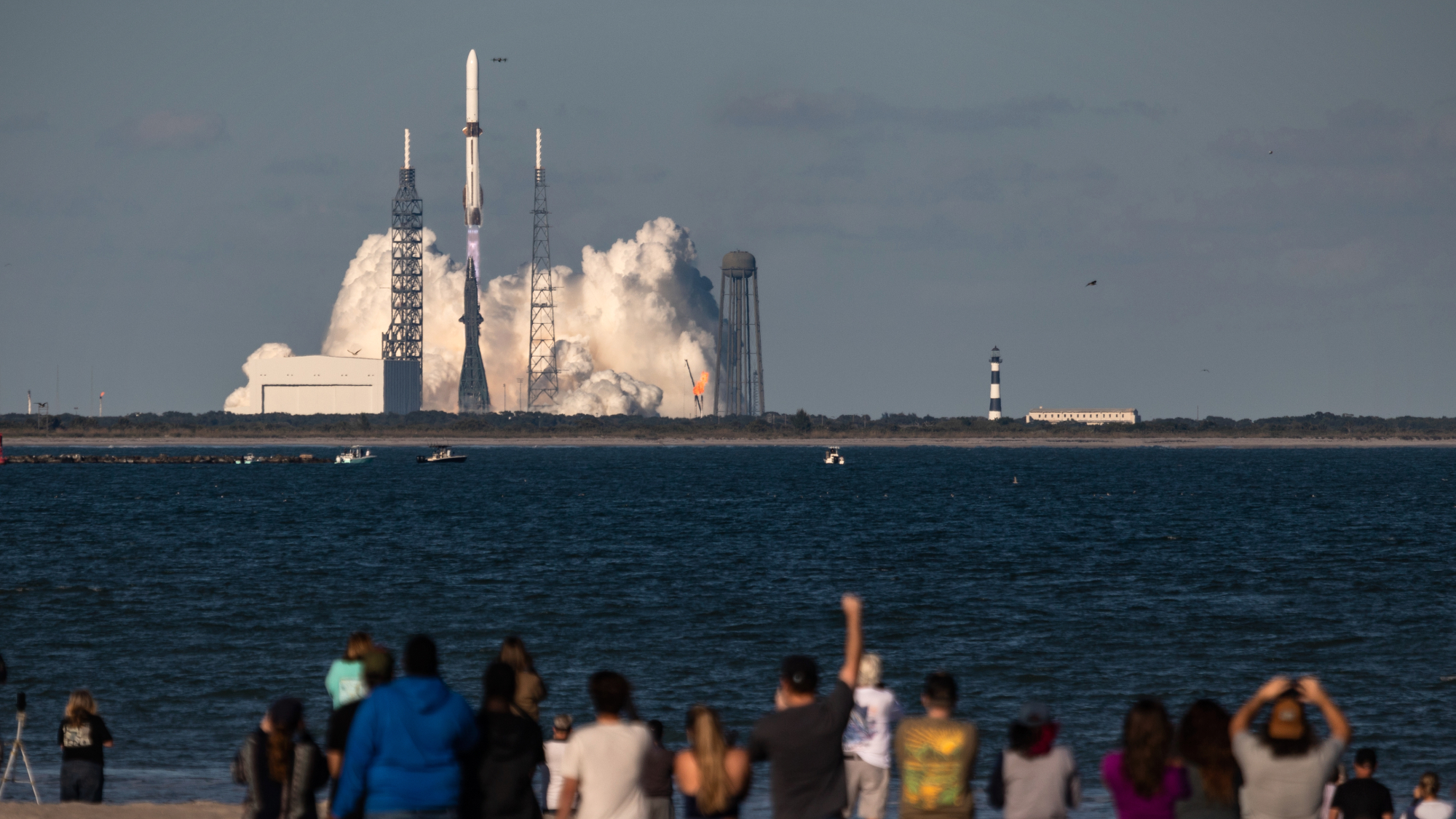 Blue Origin launches Mars probes in NASA debut
Blue Origin launches Mars probes in NASA debutSpeed Read The New Glenn rocket is carrying small twin spacecraft toward Mars as part of NASA’s Escapade mission
-
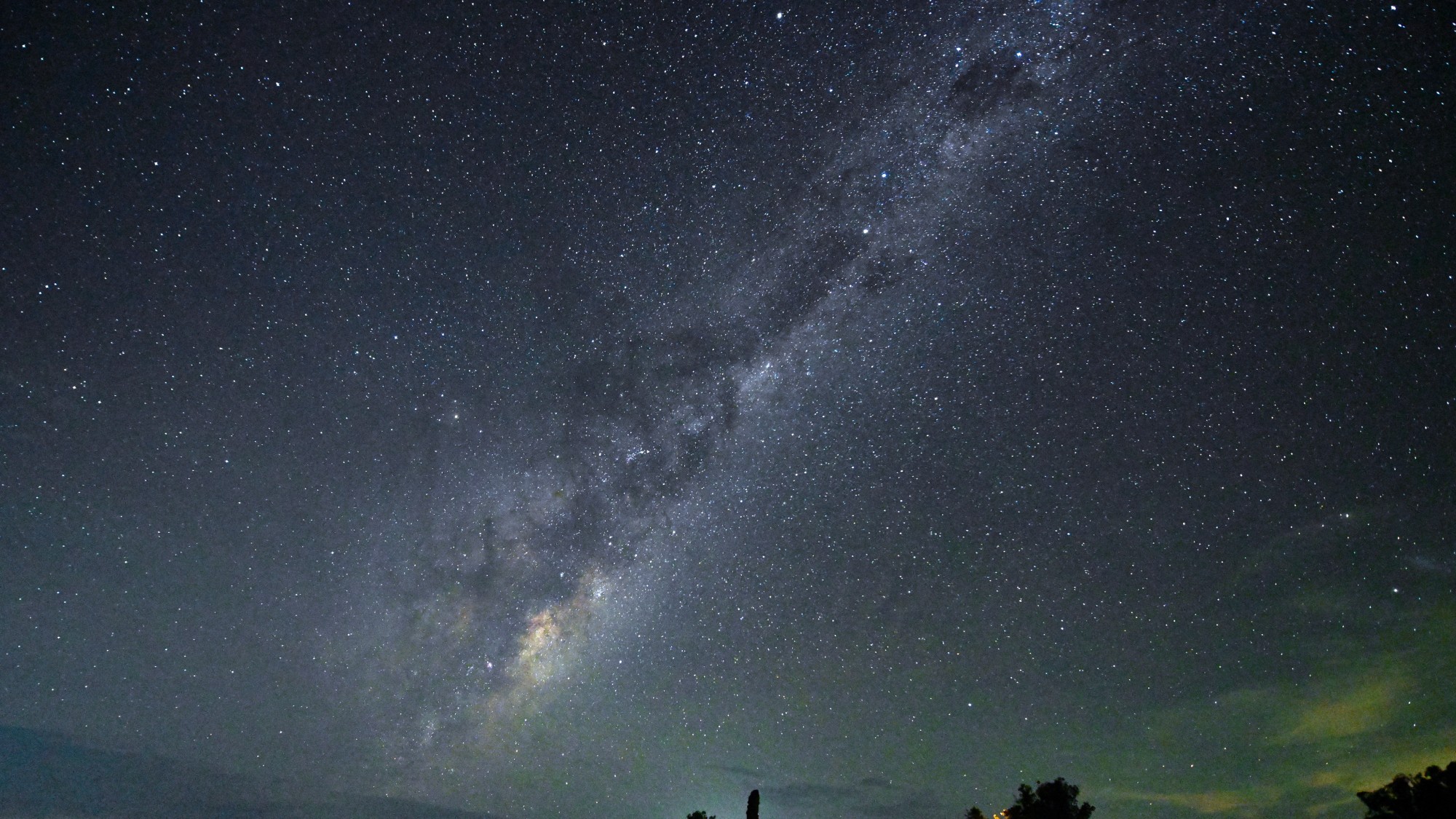 ‘The Big Crunch’: why science is divided over the future of the universe
‘The Big Crunch’: why science is divided over the future of the universeThe Explainer New study upends the prevailing theory about dark matter and says it is weakening
-
 Dinosaurs were thriving before asteroid, study finds
Dinosaurs were thriving before asteroid, study findsSpeed Read The dinosaurs would not have gone extinct if not for the asteroid
-
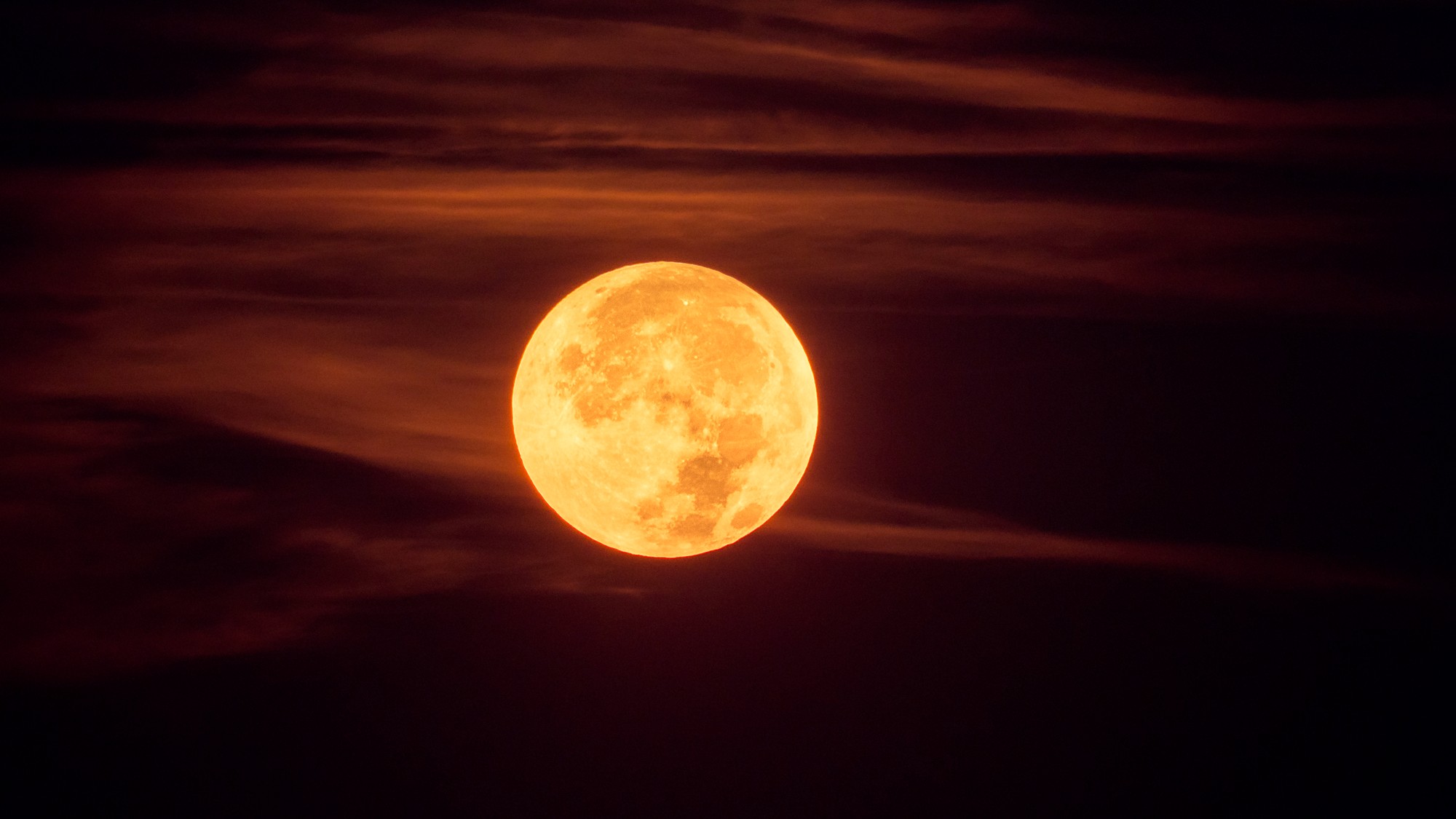 The moon is rusting
The moon is rustingUnder the radar The Earth is likely to blame
-
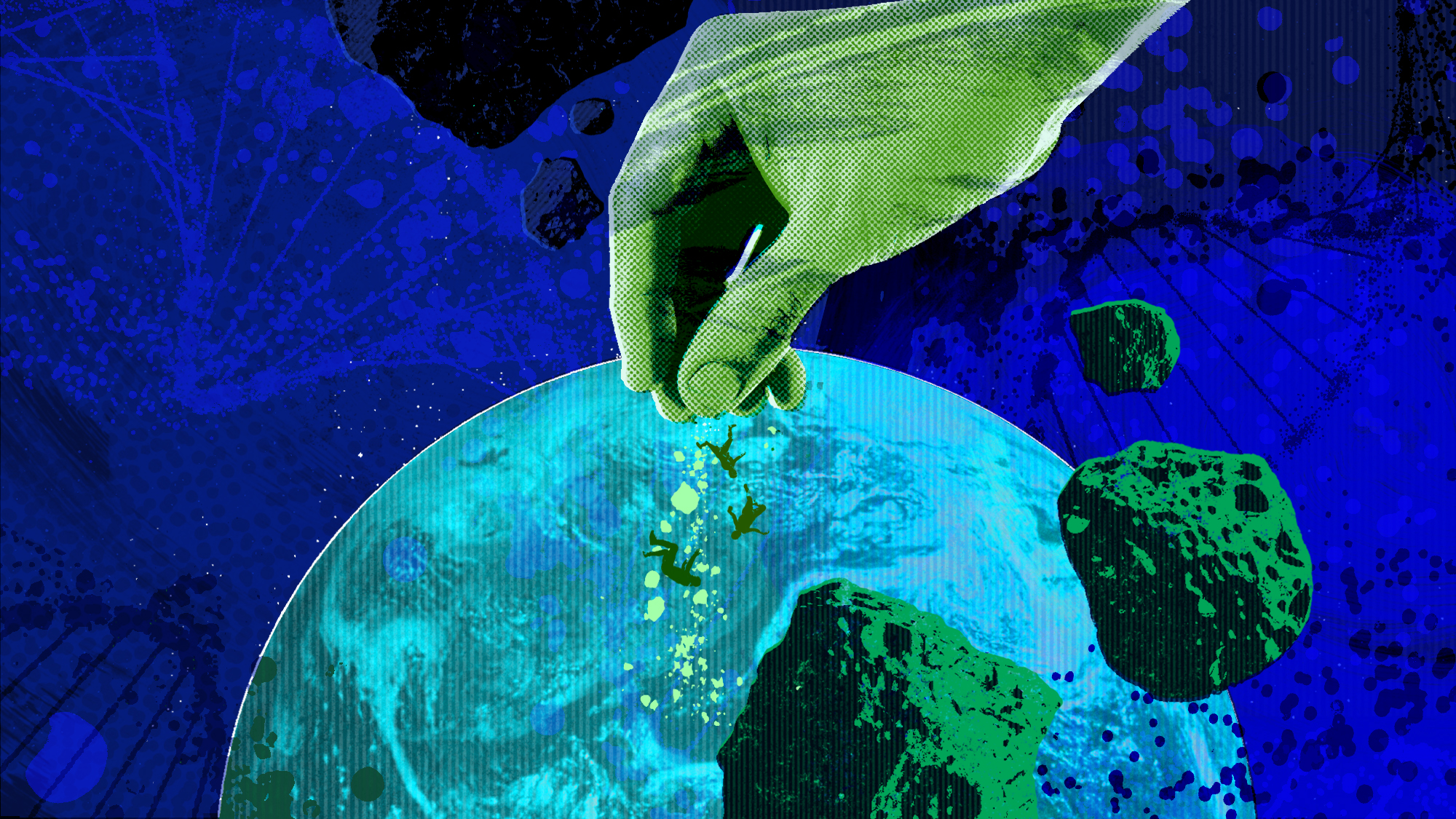 Panspermia: the theory that life was sent to Earth by aliens
Panspermia: the theory that life was sent to Earth by aliensUnder The Radar New findings have resurfaced an old, controversial idea
-
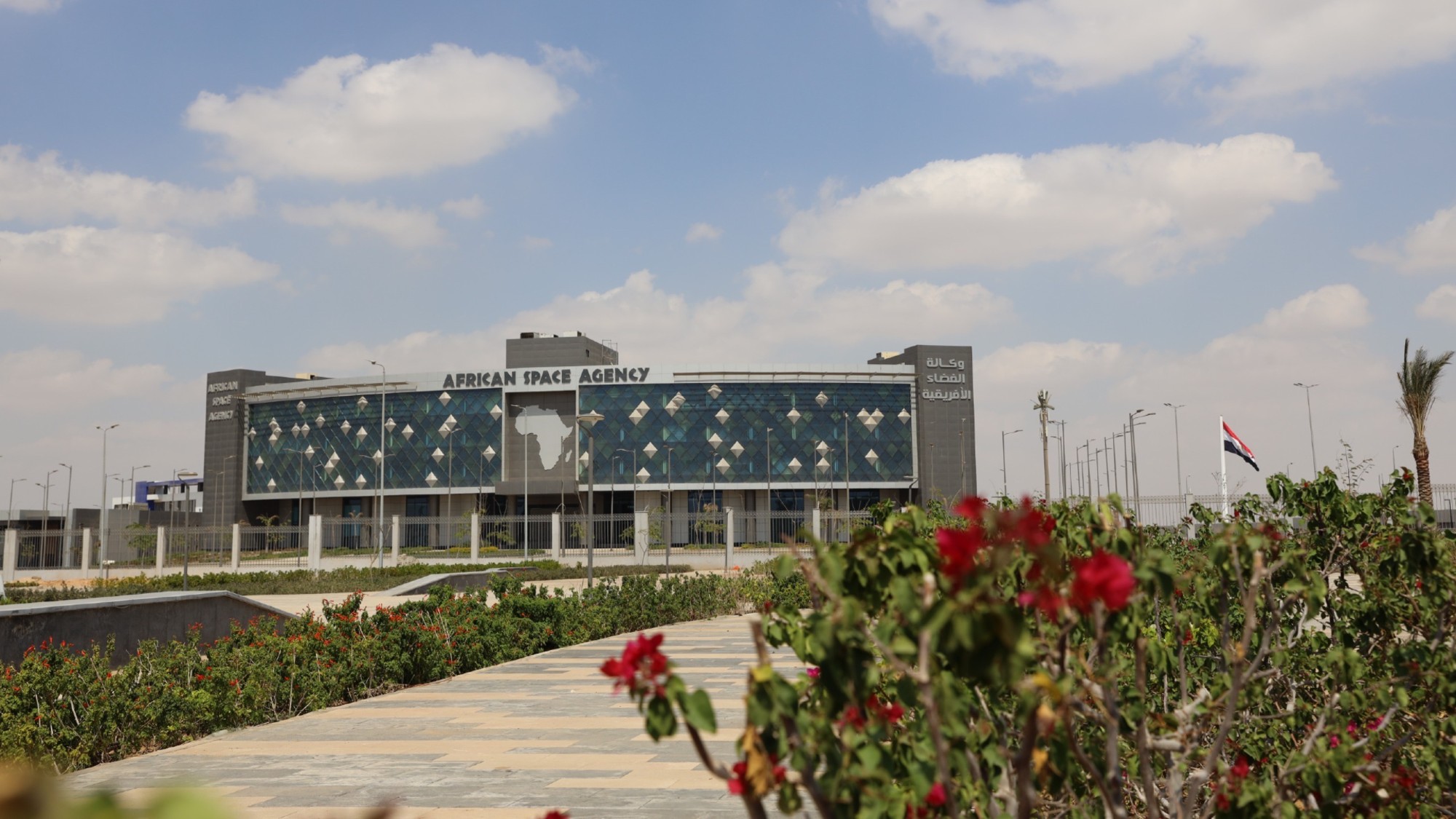 Africa could become the next frontier for space programs
Africa could become the next frontier for space programsThe Explainer China and the US are both working on space applications for Africa
-
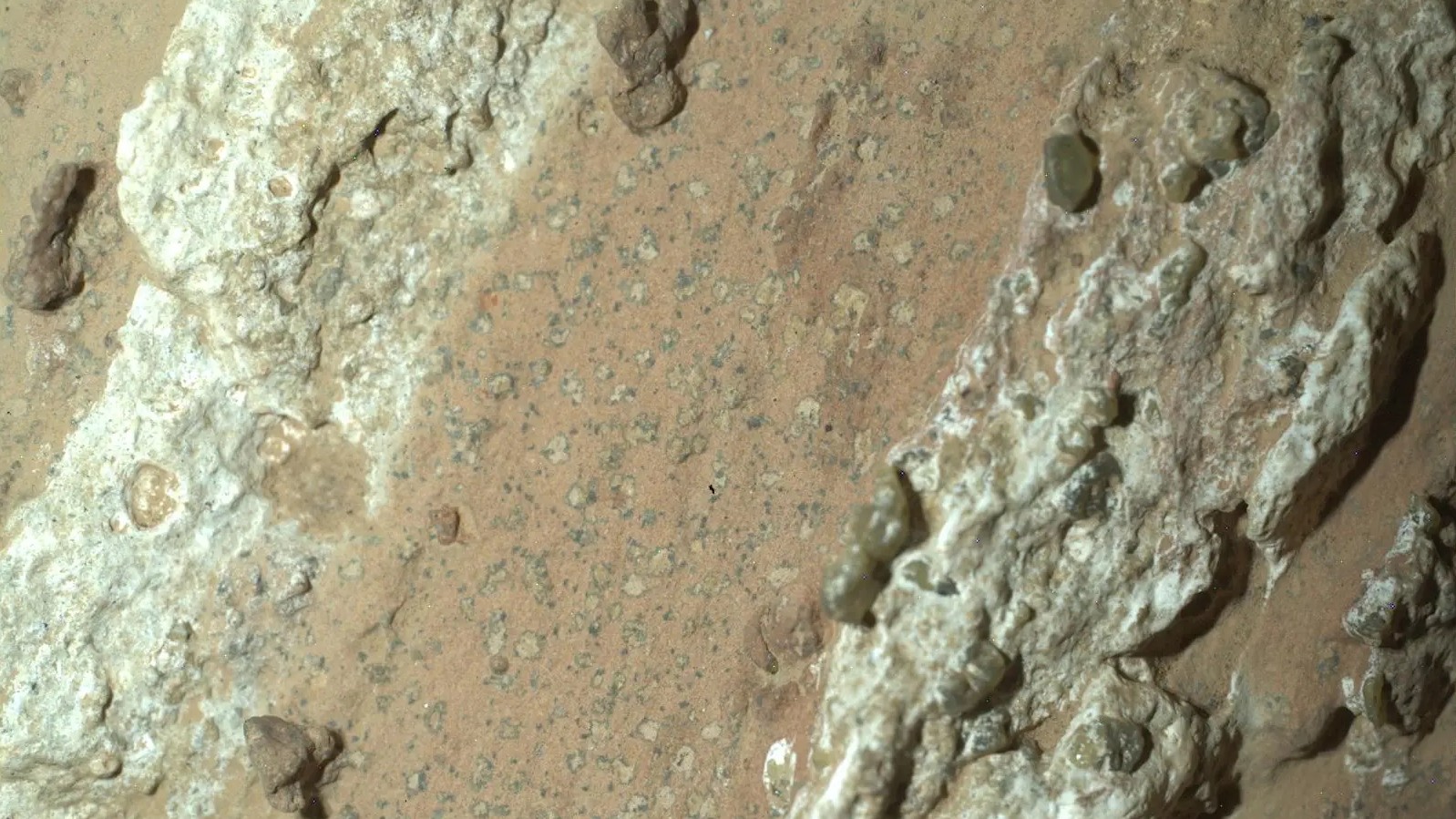 NASA reveals ‘clearest sign of life’ on Mars yet
NASA reveals ‘clearest sign of life’ on Mars yetSpeed Read The evidence came in the form of a rock sample collected on the planet
-
 Canyons under the Antarctic have deep impacts
Canyons under the Antarctic have deep impactsUnder the radar Submarine canyons could be affecting the climate more than previously thought
